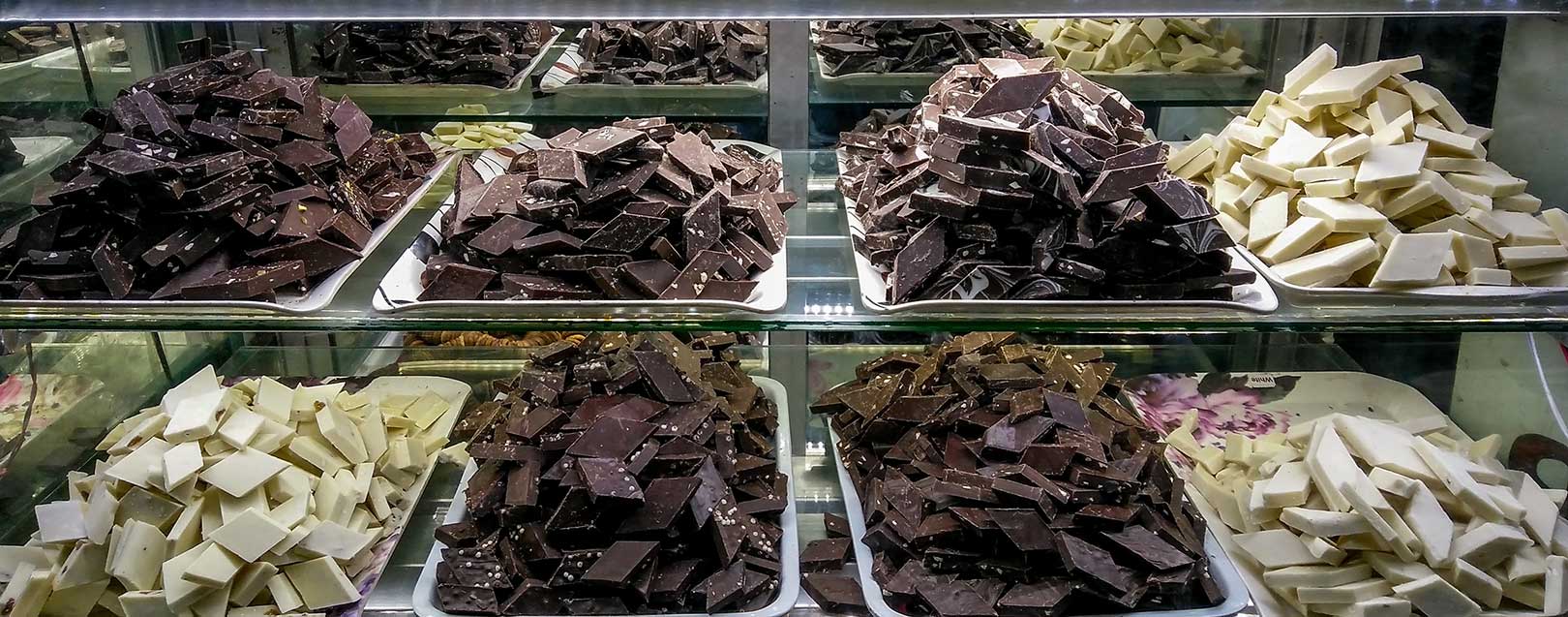
Indian food industry not living up to its true potential
Deepak Kumar
While India boasts of having the second largest arable land in the world, only behind the United States, with its diverse weather and climatic conditions and entrepreneurial spirited farmers; the domestic food industry continues to lag behind its true potential, registering just about a decent growth in terms of overall food production as well as exports.
Several domestic phenomena, in particular, the unfavourable weather conditions for the last two years, coupled with the government’s old habit of overlooking farmers and its excessive reliance on imports have been key factors for a less-than-potential growth of the sector. The farmers have gradually started to abandon agriculture as an occupation and started to explore other options, as they find farming no longer a profitable business. Despite that, the Indian food industry has registered a decent growth over the last few years; there is a common consensus that the growth is still very limited.
The Indian food processing industry continues to be one of the most vital contributors to the country’s economic growth, with a ranking at the fifth position in terms of domestic production, consumption and exports. The industry accounts for about 14% of manufacturing Gross Domestic Product (GDP), 13% of exports and 6% of the industrial investment. Meanwhile, the overall contribution of the food processing sector to the country’s Gross Value Addition (GVA) was $22 billion in 2014-15 at 2011-12 prices, and the share of food processing industry in GVA of manufacturing was 8.6% in 2014-15.
India’s food exports stood at $36.17 billion in 2015-16, with food processing industry contributing a massive 32% to the total food exports basket. The outbound shipments of processed food and related products grew at a CAGR of 11.74%, reaching $16.2 billion during FY11–16. The Indian food processing industry is currently valued to be between $121 billion and $130 billion.
India’s major international markets for its food products exports have been the developing countries and the least developed economies. The Middle Eastern countries such as Saudi Arabia, Iran and United Arab Emirates, along with other Asian countries including China, Vietnam, Bangladesh, Indonesia and Malaysia have accounted for a major share of India’s agricultural exports. While the US has climbed to be the most important market, the Indian agricultural exporters are looking to expand their market size in the country, along with amplifying agricultural exports into North American, South American and European markets. The food processing sector comprises of beverages, dairy products, edible oils, fruits & vegetable processing, grain milling and sugar.
India’s share in the global food trade was just 2.5% in 2014-15, 12th in the world in exports of food and food products in 2015, behind US, Netherlands, Germany, Brazil, France, China, Spain, Canada, Belgium, Italy and Argentina. Though a major share of the domestic production is used for consumption within the country, the industry does need a colossal push to fully realise its exports potential.
The government had relaxed foreign investment norms in the sector, allowing 100% FDI through automatic routes with an aim to encourage the country’s enormous food sector. In addition, the Central and States government have also said they would provide adequate incentives in the form of capital subsidies, reduced custom and excise duties and tax rebates. The government has also announced it would enhance facilities pertaining to supply chain infrastructure by building cold storage and food parks. These initiatives are envisaged to stimulate the growth of the sector, thereby enable the farmers to play a bigger role in the value chain.
Last year, the Government allocated $225.7 million and tweaked the Merchandise Exports from India Scheme (MEIS) framework, along with providing exports incentives for marine products shipments and establishing agencies for aquaculture and fisheries in coastal regions. Industry body Assocham in a recent report said FDI in the Indian food processing sector has the potential to reach $33 billion by 2024. The sector received about $6.82 billion FDI during April 2000-March 2016.
The Indian agricultural sector, however, still faces a wide gamut of problems. The farmers complain about the lack of irrigation and financing facility; the industry complains about the government’s inadequate attention to the sector; and, the foreign investors complain about the country’s limited reforms in terms of ease of doing business. The Goods and Services Tax (GST) framework is still on the paper, projected for implementation this year. Plus, the international market is not doing very well, due to protectionist trade policies adopted and advocated by many countries. While the challenges are many; the government and the industry must come together to carve out a future roadmap, a roadmap where the farmers are also involved in the industry supply chain, for rapid development of the country’s agricultural sector.






 to success.
to success.